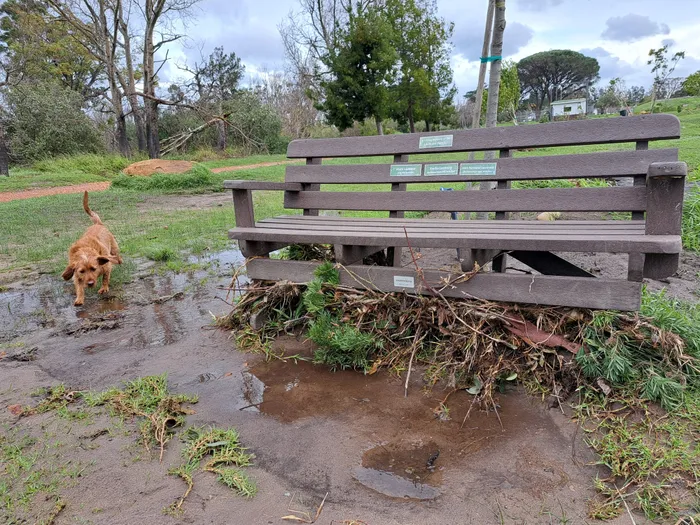Wild, wet world

During a short break in last week’s abysmal weather, a walk at Radloff Park yielded views of a water-saturated landscape, after the Lourens River breached its banks, and deposited vast amounts of soil and debris along the newly-renovated walkways and under benches, in one fell swoop undoing an enormous amount of work done by the CoCT in the last months, whereby all the paths had been meticulously upgraded. Enjoying the outing and letting off a head of steam is Pepper, a Basset Fauve de Bretagne, who was born in Belgium and made the journey to South Africa a couple of years ago, and is now a regular visitor to the park. PICTURE: CAROLYN FROST




